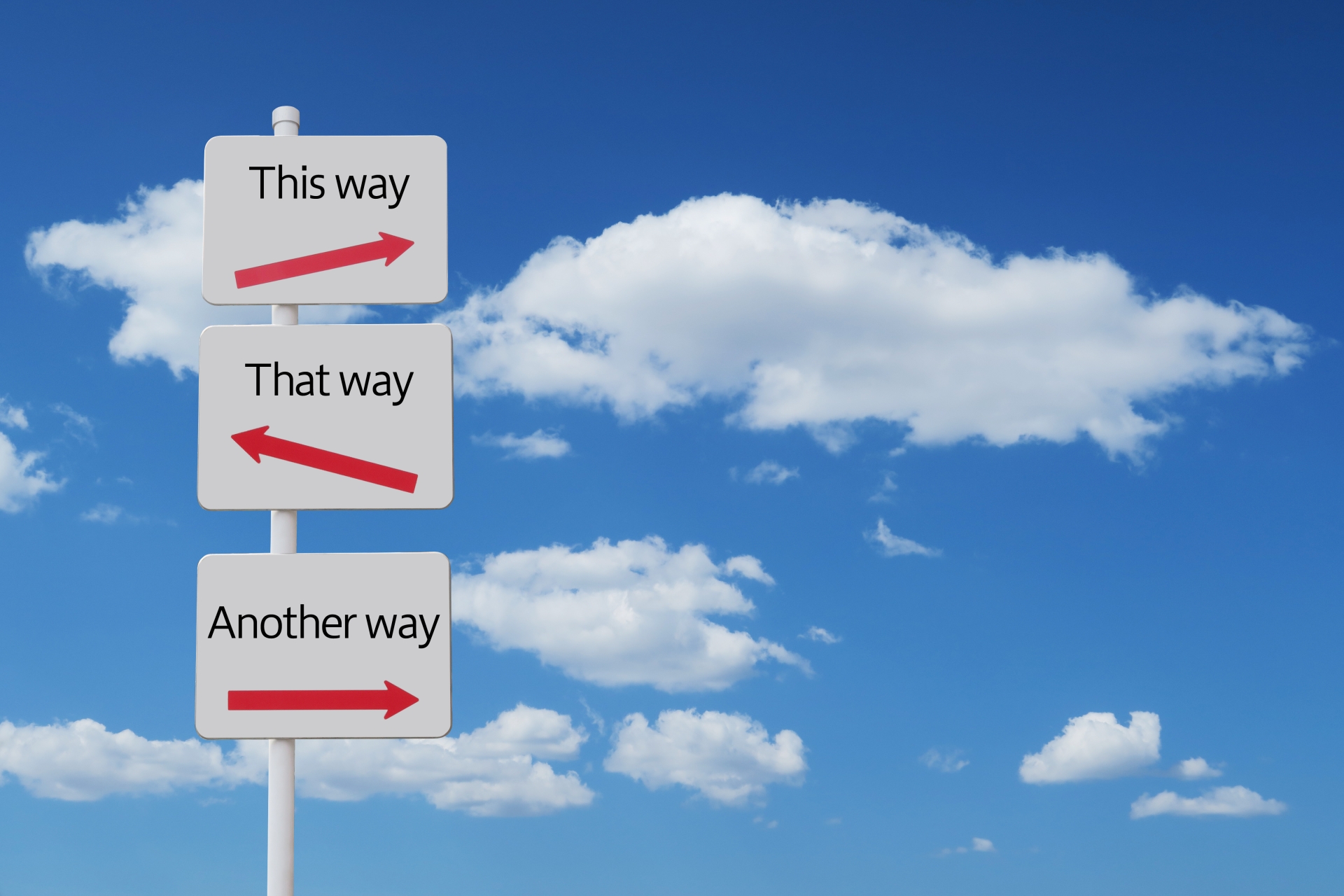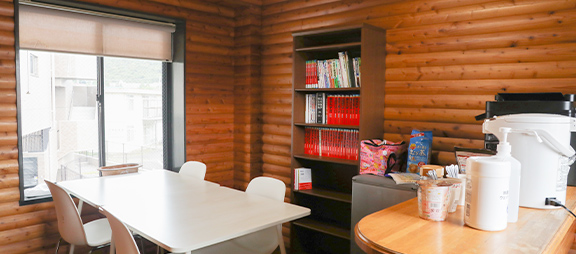【★★★☆☆】運動がもたらす腹痛【英語長文読解練習5】

どうも、福長塾の橋本です。
第5回目になりました英語長文読解練習。
是非前回も見て行ってくださいな。
今回はみんな気になる運動後になんでお腹が痛くなるのかについてです。
運動後にお腹が痛くなることってありますよね。そのメカニズムについて、血液の競合によるということがつかめるといいです。
目次
英語全文
When Working Out Makes You Sick to Your Stomach: What to Know About Exercise-Induced Nausea
The Cause: Competing Demands
When you exercise, skeletal muscles in your legs and arms contract.
To work most efficiently, they need oxygen. So your heart muscle contracts, too, increasing blood flow through your body.
The hemoglobin molecules within your red blood cells carry oxygen to your working muscles.
To maximize the amount of blood being delivered to the active muscles, your body diverts blood away from inactive areas – such as your gut. This diversion is overseen by the “fight or flight” branch of your nervous system.
Known as the sympathetic nervous system, it causes some blood vessels to narrow, limiting blood flow.
You don’t have conscious control over this process, known as vasoconstriction.
But your contracting skeletal muscles have a special power to preserve blood flow. They’re able to resist the call for vasoconstriction that helps divert blood away from inactive areas.
This resistance to the effect of the sympathetic nervous system is called “functional sympatholysis.”
Physiologists like me continue to work to understand the specific mechanisms by which this can occur.
So why does limiting blood flow to the gut cause distress?
The relative ischemia, or lack of blood flow, can have different effects.
It can change how cells are able to absorb what has been digested and how broken-down food moves through the gut.
Taken together, the changes result in an unpleasant feeling you may know all too well.
The lack of blood flow is particularly challenging if the digestive system is actively trying to break down and absorb food, a main reason exercise-induced nausea can be worse right after you’ve eaten, especially if the pre-workout meal had a lot of fat or concentrated carbohydrates.
全文和訳
運動時にお腹が痛くなる:運動が引き起こす吐き気について知る
誘発原因:需要の競争
運動するとき、腕や足の骨格筋が収縮する。最も効率的に動くためには、酸素を必要とする。そのために心臓も収縮し、身体で巡る血流も増加する。血液中に存在するヘモグロビン分子により、運動中の筋肉へと酸素が運ばれる。
運動中の筋肉へと送られる血流量を最大化するために、腸といった活動していない器官から血液を運ぶ。
この流用は”闘争か逃走”をつかさどる神経系が関与している。
交感神経系として知られているように、それは血管を収縮させ、血流を制限する。血管狭窄のように知られるように、これに対する意識的なコントロールは出来ない。
しかし、収縮している骨格筋は血流を保つために特別な方法を有している。
血管狭窄に対して抵抗することができ、それにより活動的でない部位から血液を流入させることを助けている。
この交感神経による影響に対する耐性は運動時筋血流調節と呼ばれる。
私のような生理学者たちはこれを引き起こしうる特徴的なメカニズムを理解するための研究を続ける。
それでは、なぜ腸への血流抑制が腹痛を引き起こすのか。
相対的な血液不足,もしくは血流の不足は異なる影響を与える。血流不足はどのように細胞が消化された
ものを吸収できるのか、そしてどのように腸内で消化された食べ物が動くのかを変えることが出来る。共に生じることで、変化は良く知っているであろう不快な気持ちへと至る。
もし消化システムが活動的に食べ物が腸内を動き、消化されているとき、血流不足は特に深刻となる。
これこそが食事直後の運動が引き起こす吐き気の主な原因であり、特に運動前の食事が脂肪と炭水化物を多く含んでいる時に、より悪くなる。
まとめ
いかがでしたでしょうか。
本当はこのメカニズムを知らせた後、どういう対処方法があるのかといった話が出てきます。
実は私、走るとすぐお腹痛くなる人だったので、理由を知れて少しすっきりでした。そしてこれを治すことは不可能と知って少し悲しかったです。
運動部のみんな、部活前のご飯は、ほどほどにしようね!
ではまた次回
